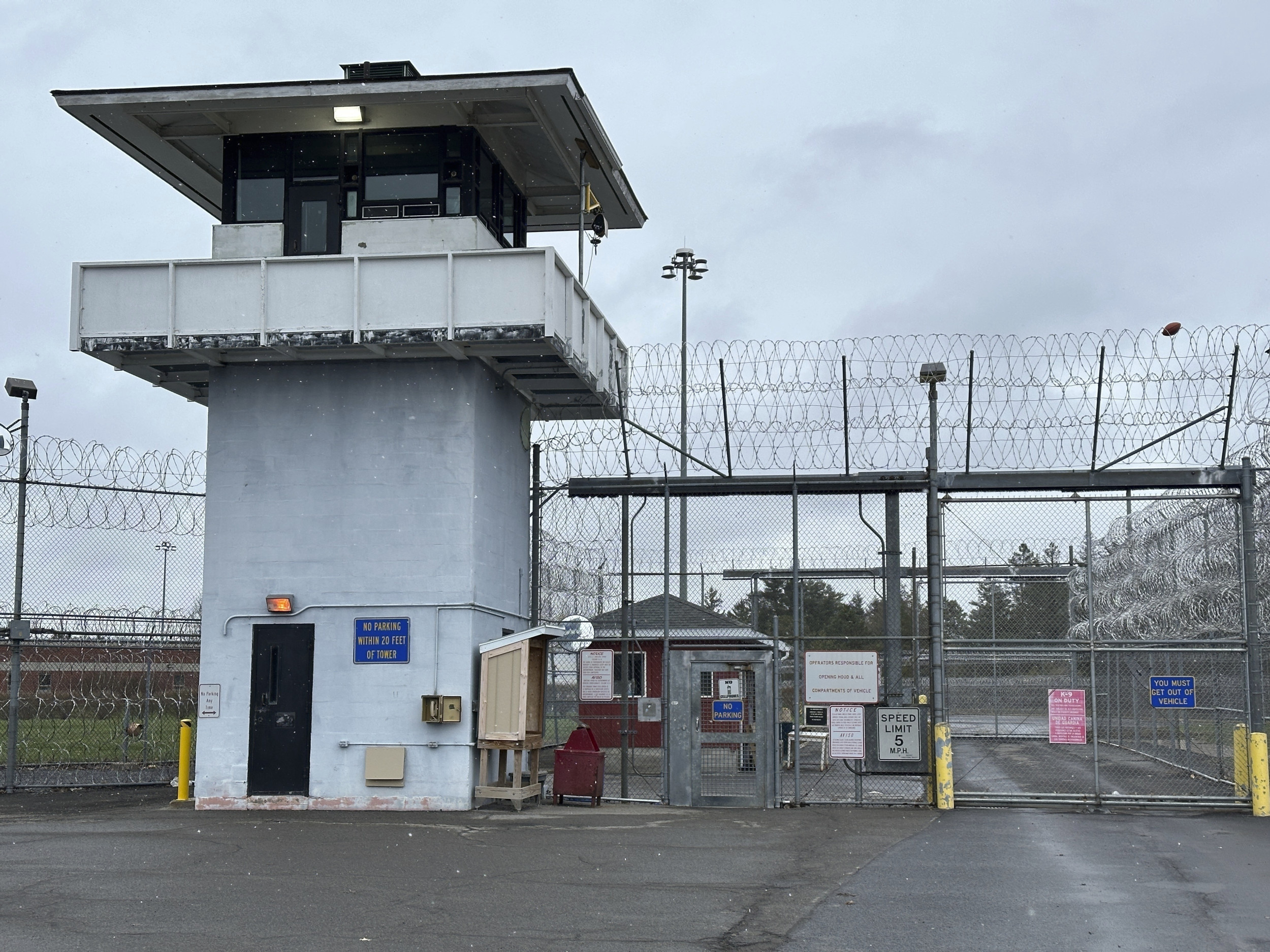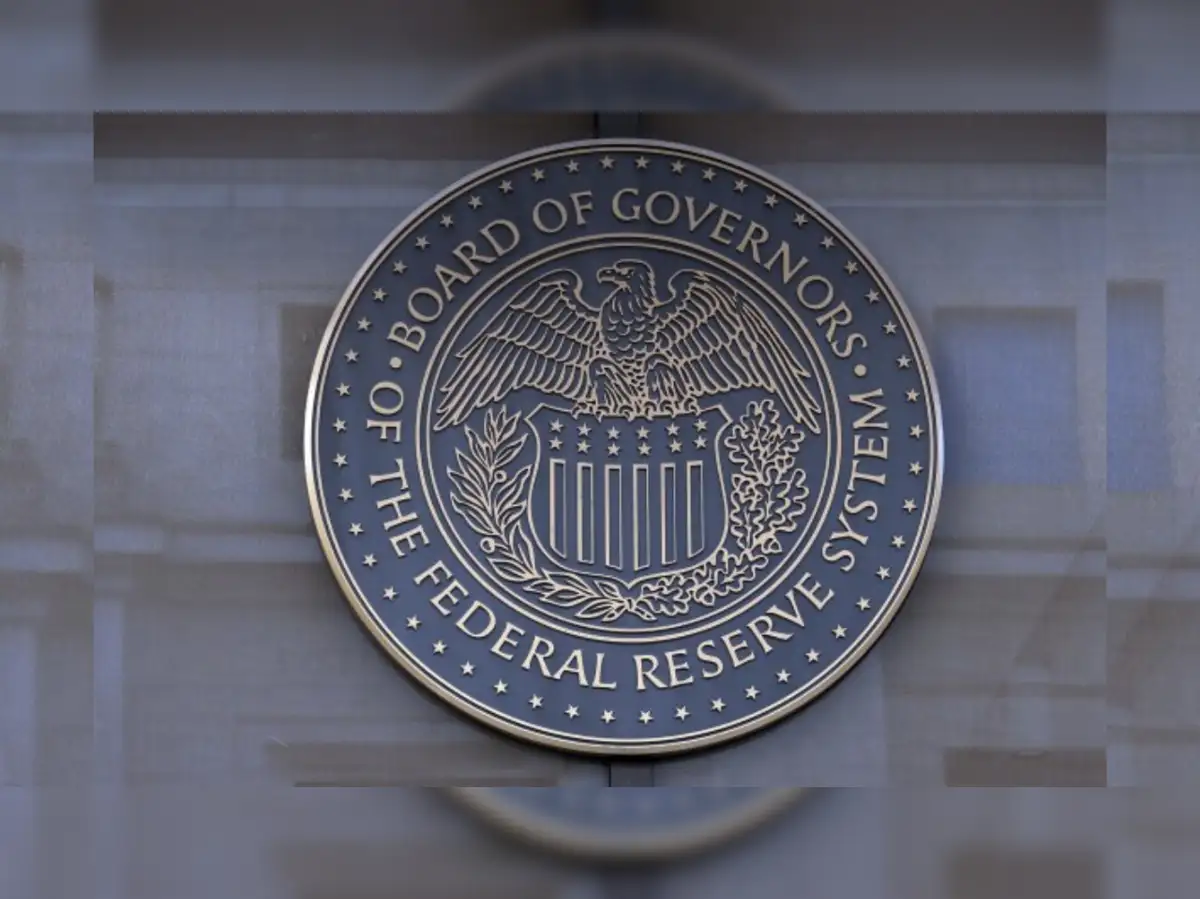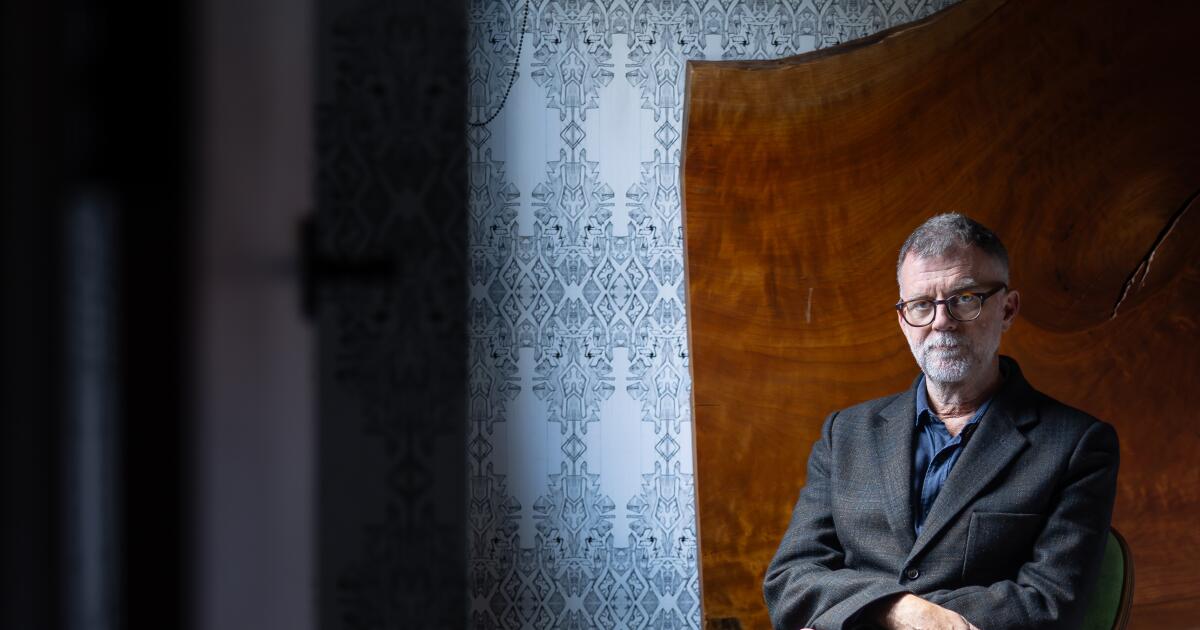
A federal judge has ordered New York State to provide significantly more out-of-cell time and therapeutic programming for mentally ill inmates at the Mid-State Correctional Facility.
Friday’s ruling stems from a lawsuit filed on behalf of nine prisoners who alleged they were kept in near-solitary confinement—sometimes 24 hours a day—without the treatment required by state and federal law. Judge Mae D’Agostino’s preliminary injunction mandates expanded therapeutic programming and out-of-cell time for inmates.
Newsweek contacted Disability Rights New York and Prisoners’ Legal Services of New York for comment via email outside normal office hours on Monday.
Why It Matters
The order could reshape how New York prisons treat mentally ill inmates and may ripple across the state system. It also raises broader questions about compliance with reform laws intended to curb solitary confinement and protect vulnerable populations, highlighting alleged violations of New York’s 2008 law governing Residential Mental Health Units and the 2021 HALT Solitary Confinement Act.
The fight over HALT is about more than prison discipline—it is a test of how the state balances human rights, public safety and workplace conditions behind bars. Advocates say restricting solitary confinement protects mental health and aligns prisons with international standards, while correctional officers argue it strips them of the tools needed to maintain order. With federal courts now intervening and oversight bodies documenting persistent noncompliance, the outcome could set a precedent for prison reform efforts nationwide.
What To Know
Federal Litigation
On September 9, 2025, Disability Rights New York and Prisoners’ Legal Services of New York filed Dunn et al. v. New York State Department of Corrections and Community Supervision on behalf of nine inmates housed at Mid-State’s Residential Mental Health Unit (RMHU).
The plaintiffs allege they were confined in near-solitary conditions without adequate therapeutic services. The lawsuit cites violations of the HALT Act and a 2008 state law requiring therapeutic programming and minimum out-of-cell hours in mental health units. It also raises constitutional claims under the Eighth and Fourteenth Amendments.
D’Agostino initially declined to grant a temporary restraining order but, on September 15, directed DOCCS to explain why a preliminary injunction should not be issued. Four days later, she gave a more detailed order clarifying how her ruling should be enforced.
Background and Rationale
In March 2021, New York enacted the HALT Solitary Confinement Act, one of the nation’s most ambitious efforts to curb solitary confinement. Signed by then-Governor Andrew Cuomo, the law capped solitary confinement at 15 consecutive days, prohibited its use for vulnerable populations, and required the creation of Residential Rehabilitation Units (RRUs) designed to provide therapy and rehabilitative programming rather than isolation.
The HALT Act was modeled in part on the United Nations’ Nelson Mandela Rules, which state: “All prisoners shall be treated with the respect due to their inherent dignity and value as human beings. No prisoner shall be subjected to, and all prisoners shall be protected from, torture and other cruel, inhuman or degrading treatment or punishment.”
New York Inspector General Lucy Lang underscored this principle in a 2024 review, quoting Mandela: [Solitary confinement was] “the most forbidding aspect of prison life. There was no end and no beginning; there’s only one’s own mind, which can begin to play tricks.”
Advocates cite research showing that solitary confinement causes depression, psychosis and higher suicide rates. Legislators who supported HALT argued the practice amounted to state-sanctioned harm without improving safety.
Implementation Challenges
The Correctional Association of New York, the only independent group authorized to monitor state prisons, reported in 2023 that DOCCS had reduced use of Special Housing Units (SHUs) and moved some people who had spent years in isolation into alternative units or general population. RRUs had been established to provide group programming.
Yet the group also documented “numerous departures from basic adherence to the HALT Solitary Law,” including holding people in SHU for more than six times the legal limit, providing as little as three hours of out-of-cell time in RRUs, and automatically shackling participants during programming.
The inspector general’s 2024 report reached similar conclusions, finding that DOCCS had violated statutory caps, failed to conduct required hearings, and continued to use restraints in violation of HALT. The report noted that “DOCCS’s antiquated paper-based recordkeeping systems rendered impossible several important areas of investigation,” including tracking out-of-cell programming.
Pushback From Correctional Officers
Correctional officers and their union, the New York State Correctional Officers and Police Benevolent Association (NYSCOPBA), argue that HALT undermines prison safety.
During a February 2025 statewide strike involving thousands of officers, union members pointed to rising violence and said the law left them without effective tools to discipline incarcerated people.
Although the Taylor Law—New York’s 1967 statute governing public sector labor relations—prohibits strikes by public employees, the action temporarily shut down staffing across most of the state’s 42 prisons. An agreement to end the strike included a 90-day suspension of certain HALT programming requirements while the state evaluated operations and security.
State Senator Daniel Stec, who unsuccessfully introduced a bill to repeal the law, argued that “violence in prisons has risen in the last 10 years and that without segregated confinement as a tool, corrections officers are unable to keep the facilities safe.”
What People Are Saying
Judge Mae A. D’Agostino, in a preliminary injunction on September 15: “Since there is no structured therapeutic programming on the weekend, individuals will be afforded a full seven hours of out-of-cell congregate programming, services, treatment, recreation, activities, and/or meals.”
Timothy A. Clune, executive director of Disability Rights New York, in a statement following the ruling: “For the men who have been living in such dire conditions, this is the relief that they desperately needed, and have a right to. There is no reason why they ever had to endure confinement 24 hours a day, 7 days a week.”
Karen Murtagh, executive director of Prisoners’ Legal Services of New York: The injunction “is a critical step toward restoring the basic human dignity and legal rights of individuals with mental illness incarcerated at Marcy. The law is clear: people in Residential Mental Health Units are entitled to meaningful out-of-cell time and therapeutic programming.”
What Happens Next
New York’s HALT Act faces tests on multiple fronts: in federal court, where Dunn v. DOCCS could expand protections for mentally ill prisoners; in state politics, where lawmakers and unions remain divided over whether the law improves or undermines safety; and inside prisons, where oversight bodies continue to press DOCCS to comply with legal requirements for out-of-cell time, therapy and recordkeeping.
The outcome will shape not only conditions in New York’s facilities but also the future of solitary confinement reform across the country.



